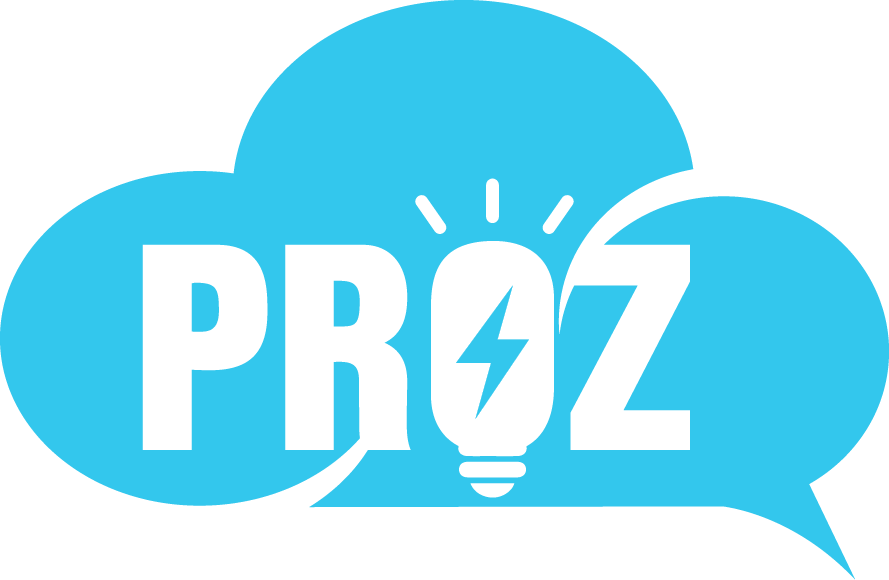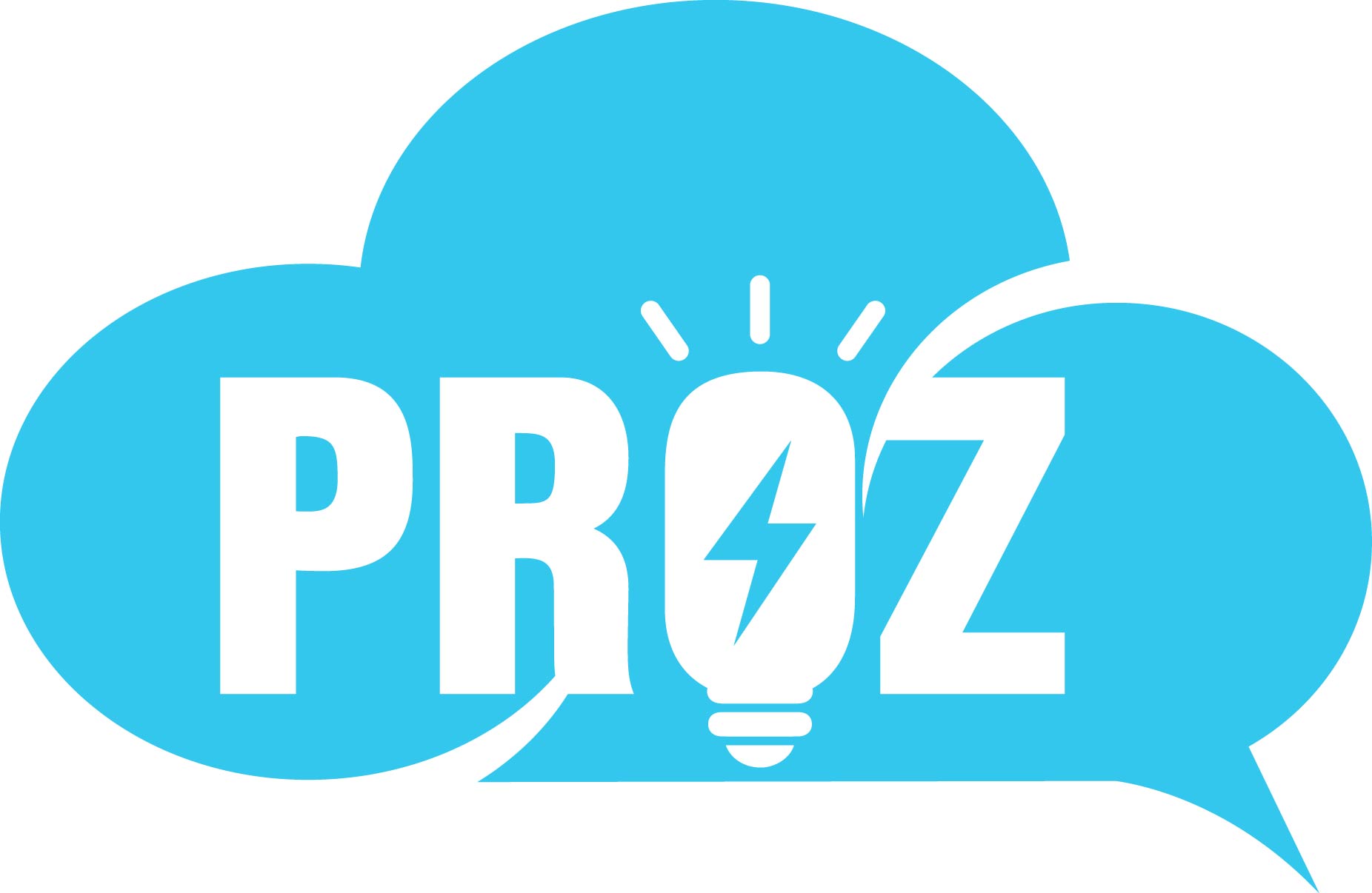Many companies consider the period from October to December as their peak season for email campaigns, where they will try to reach as many customers as possible to drive revenue. Every business is different, though. Your peak season may be tied to a semi-annual sale, Mother’s Day, or even International Polar Bear Day (Feb. 27, by the way). No matter the occasion, you want to have a strong email deliverability strategy to make sure your messages reach inboxes.
If you’re thinking about the perfect way to get in your customers’ inboxes, here are some tips to help you be ready for that peak season today.
How AI will change this year’s holiday season
In this era of economic uncertainty, there is also incredible opportunity for consumers and retailers alike, thanks to AI.


As you start preparing your strategy, one important thing to note is that mailbox providers (MBPs) tend to be on high alert during the holiday sending season. As volumes increase, the infrastructure has a higher burden and your subscribers expect them to keep junk mail out of their inboxes, so that they’re only seeing relevant emails.
Generally speaking, this makes it a bad time to introduce new sending IP addresses or domains in your campaigns as it may be tougher to increase volumes and establish a solid reputation.
Understanding the basics of email deliverability
Many people think email deliverability is simply the ability to reach your customer’s inbox. But there’s more to it than that.
Deliverability is more of a lifecycle that begins with initial infrastructure-related setup and ends with the customer receiving your targeted message. How the customer engages with that email can influence future deliverability.
Choosing the right domain to represent your brand, ensuring it is fully authenticated, personalizing your content, segmenting your audience, and acting on how and where your subscribers engage all factor into the larger deliverability lifecycle.
These two best practices around email deliverability are the keys to long-term success:
- Setting the tone early by following authentication guidelines (Gmail, Yahoo, Orange, Microsoft, Apple and more MBPs have implemented strict authentication standards over the last couple of years turning what used to be considered best practices into requirements for senders to reach the inbox) and targeting your most engaged subscribers shows email platforms that your mail is legitimate and is wanted by their users — your customers.
- Maintaining that reputation over time by avoiding things like spikes in volume, introducing purchased list data, or sending irrelevant/unexpected content. This keeps your content arriving in your customer’s inbox.
More from Marketing Cloud
Get articles about marketing selected just for you, in your inbox
1. Start by warming your IP addresses
Much like how the perfect holiday meal takes days to prepare for, you can’t go from 0 to 100 in your email strategy overnight.
You need to take a gradual approach to ramping up your email delivery. This is called warming your IP address — slowly and methodically increasing your volume to allow MBPs time to collect data on you as a sender.
The goal with warming is to build up roughly 30 days of sending history and ideally positive data points like opens and clicks (while avoiding bounces and complaints). Try to send to too many people too fast, and your account could be considered suspicious or spammy — landing you in the dreaded junk mail folder, or even a block list.
2. Building a solid foundation for email deliverability
Ideally, you’ve planned ahead for peak volume dates and have the appropriate number of sending IP addresses in place and warmed to sufficient volumes.
The general rule of thumb is to never more than double volume from one send to the next (though this approach can be overly aggressive without high levels of engagement and minimal bounces/complaints). With that in mind, if your peak audience will be 6 million emails a day, but you average 2 million a day, you will need to plan a gradual approach to reach the 6 million mark in a single send.
Planning for peak volume from an infrastructure perspective means ensuring you don’t just have warm IPs, but that you have enough IPs in place to reach your audience.
A single IP address can send around 2 million messages in a 24-hour window before MBPs will start to slow down or defer traffic from a sender.
To keep mail arriving in a timely manner to your subscribers, we suggest sending no more than 2 million messages a day on a single IP address. In the scenario above, where the goal is 6 million emails a day, the sender should use 3 sending IPs to get that mail delivered as quickly as possible to their subscribers.
Trending Articles

3 Ways Generative AI Will Help Marketers Connect With Customers
3 min read

Learn AI Skills on Trailhead
6 min read
3. Stick to the plan: avoid “top-down” pressure and spam traps
Let’s say you’ve got enough IPs in place and you’ve warmed them to establish reputation and to accommodate your peak audience. Now it’s as simple as hitting send, right? Not quite.
Marketers are often pressured to deliver the most return they can get, and those discussions seem to ramp up around peak sending seasons.
Companies are always looking for the best way to increase conversions and web traffic, so it’s inevitable that someone in the room — who doesn’t understand sending reputation (or how hard you worked to build it — will suggest a send to your entire subscriber database, or worse, purchasing a list of subscribers. It might sound like a good idea to them, but it would wreak havoc on your email deliverability.
As noted above, MBPs are on high alert for behavior that’s out of the ordinary. Increasing your send volume by anything more than double your daily average (though doubling may be too aggressive of an approach for some senders based on their data quality and established reputation) will get you noticed and is likely to get you added to a blocklist. Being blocked at a given domain means not converting any of those subscribers into dollars.

Say you’ve dug into older segments of your audience and started emailing subscribers that haven’t engaged in years. Now you’re likely hitting spam traps, which are abandoned inboxes converted for the purpose of tracking spammy behavior.
Hitting spam traps will get you listed on MBP level blocklists and hitting multiple spam traps could get you listed with the likes of Spamhaus. Spamhaus shares data with numerous MBPs/email platforms, so a listing there could signal the end of your peak season before it ever gets going (as seen below).

4. Focus email deliverability where it counts
The key to email deliverability isn’t to reach as many subscribers as possible. It’s to get highly relevant content in front of actively engaged subscribers who are the most likely to make a purchase from you.
Here’s how you can focus your list to get the best results. The guidance below would be considered the ideal segmentation scenario to avoid bounces/spam traps and ensure engagement rates are maximized.
- Engaged (target audience): click/open <1 month
- Under-engaged (chance to winback, focus on relevant content): no click/open in the last 1-3 months
- Uninterested (odds of winback are low, probability of spam complaints increases): no click/open in the last 3-6 months
- Unengaged (no chance of winback, high chance of spam complaint or bounce occurring — these subscribers should be removed from campaigns): no click/open in the last 6+ months
In some instances open/click data can be misleading and may not accurately represent your most engaged audience. If you have access to conversion data (such as tracking email click>website>purchase), you may want to take advantage of those metrics to give you a much more accurate view of engagement.
We’ve heard companies say this approach seems aggressive and call out their unique use cases around seasonal sending, but it’s important to keep in mind that MBPs and email platforms don’t deal in “unique scenarios.”
Their approach to monitoring and filtering is very formulaic in nature, and with good reason. Monitoring hundreds of millions of inbound messages every day requires preset algorithms to handle most of the work.
Reaching deep into your database could cause increased bounce rates to bad addresses. That is a behavior indicative of spammers and is likely to lead to blocking or spam folder delivery at a minimum. Large MBPs like Gmail, Comcast and Yahoo all have policies which result in inactive accounts being automatically closed after not being accessed in a certain time frame which can drive higher bounce rates when digging into older list segments.
Likewise, there are consistent consolidations of email infrastructure happening such as Orange Spain’s plan to close down 17 of their mailbox domains in September 2025 which could drive an increase in bounce rates for senders as we head into the busiest sending season of the year.
This is why it’s important to keep the focus on engaged subscribers who you know are invested in your brand. Long-term email deliverability success won’t come from overwhelming your subscriber list with the same content week over week. Focus efforts where the relationship still exists and personalize that content to keep customers engaged.
Continue your email deliverability success throughout the year
Following this guidance will set you up for success with your peak season campaigns. This way, you can ensure your email arrives in the right inboxes at the right time, getting your messaging in front of those most likely to make a purchase.
Whether your peak season falls at the end of the year or on World Nutella Day (Feb. 5!), these tips will help you stay in your customers’ inboxes all year long.






